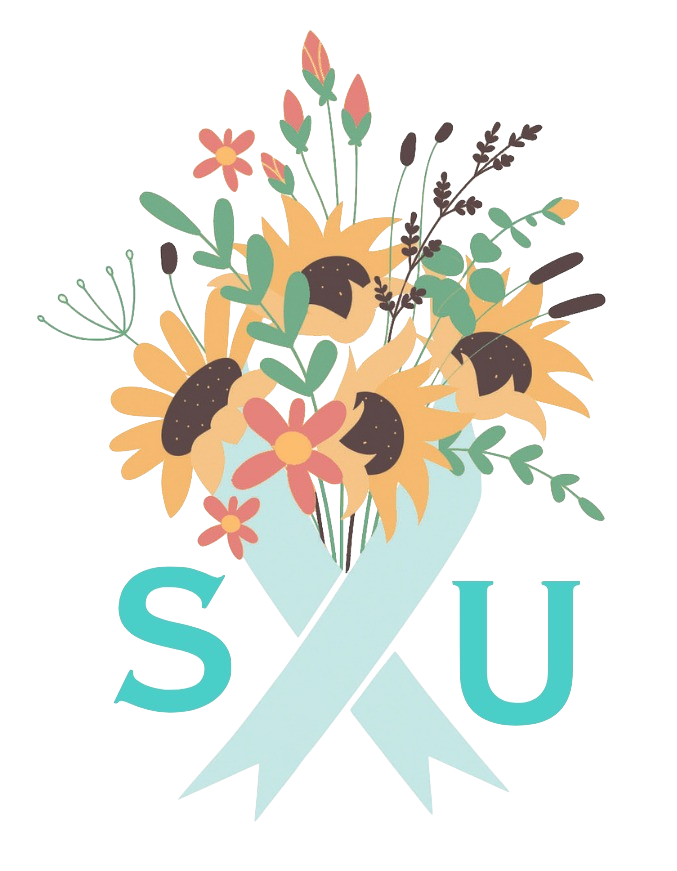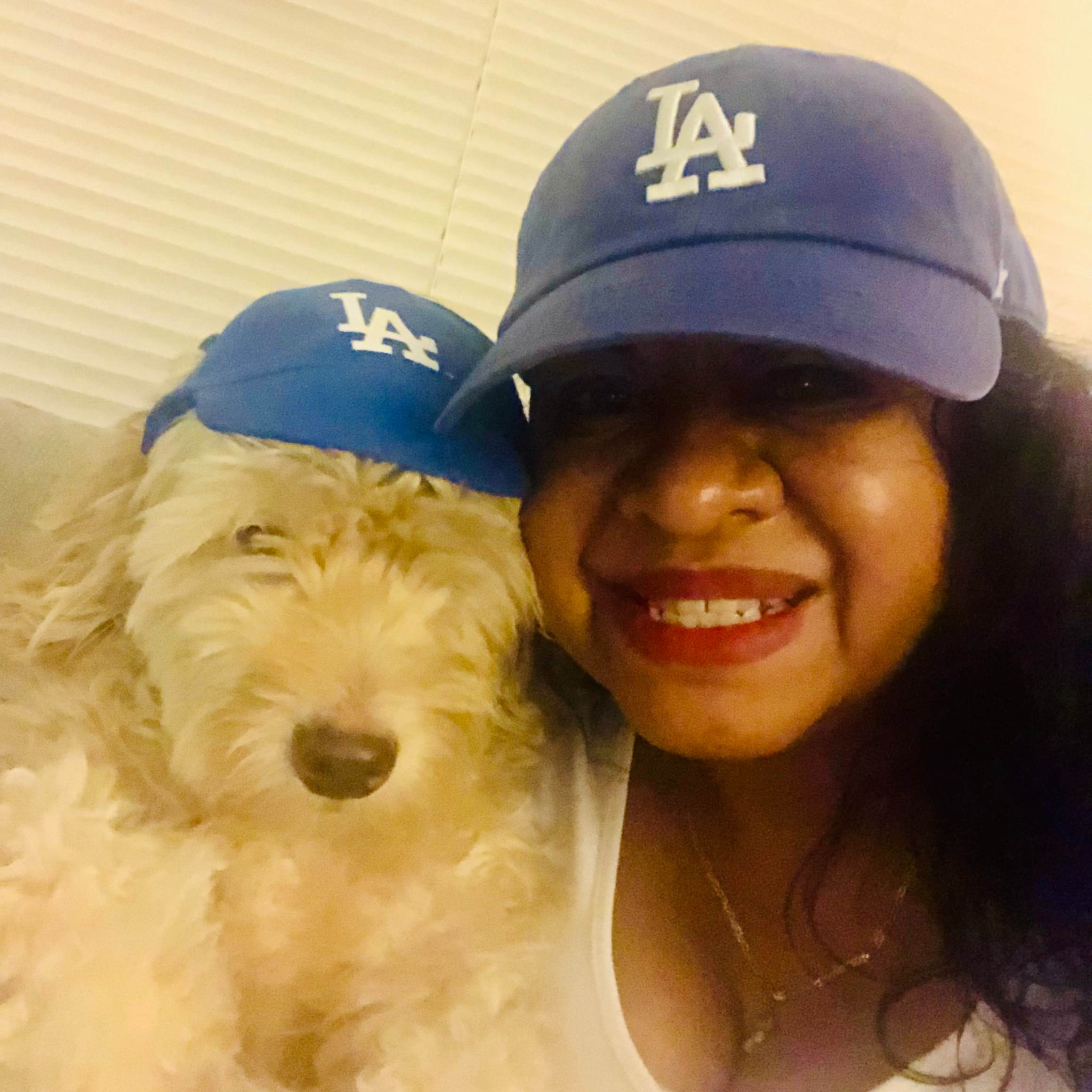Marissa Villa
Burbank, California (United States)
MARISSA VILLA
Scleroderma Stories Issue 4
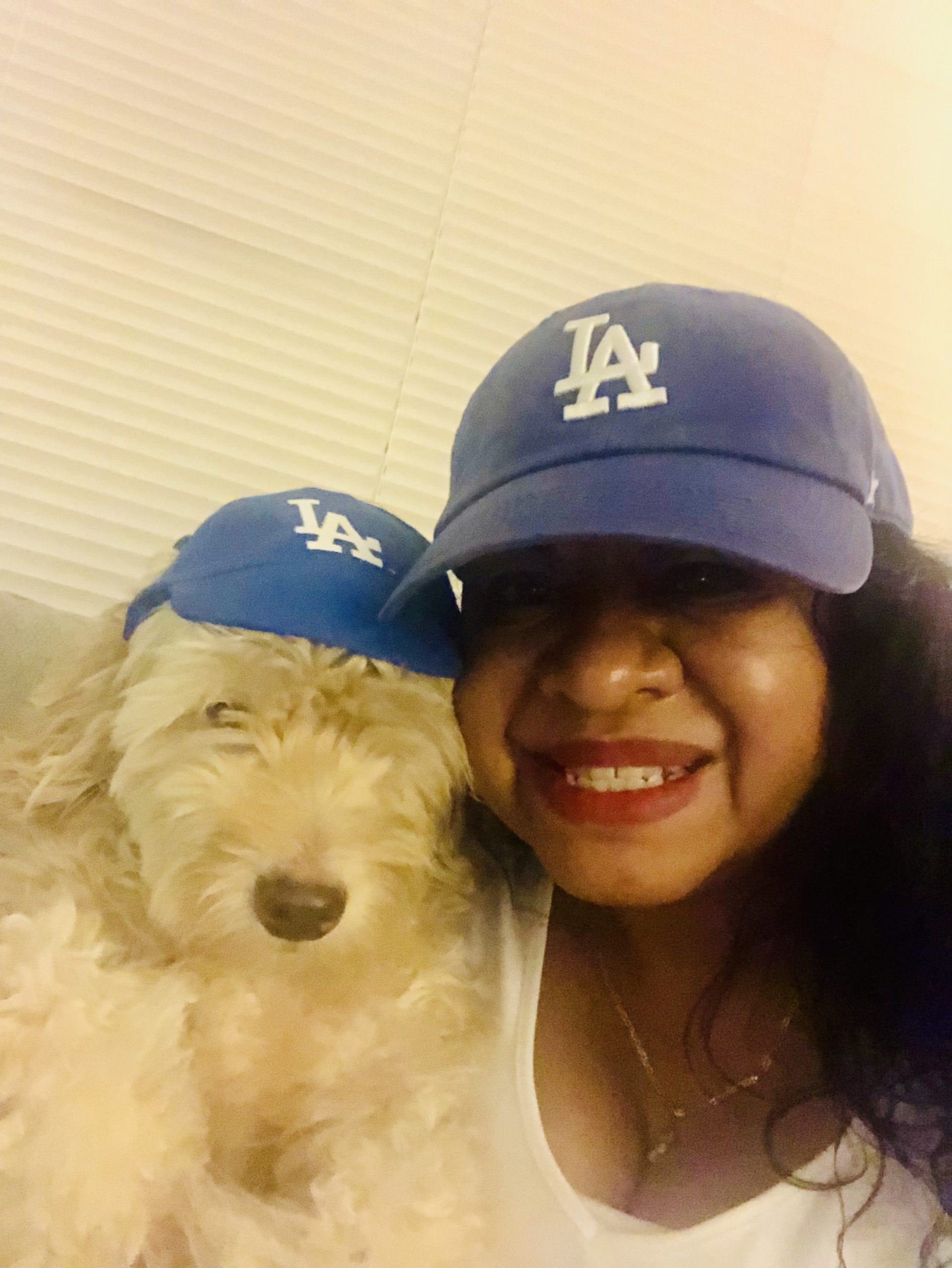
Please introduce yourself
I am Marissa Rodriguez Villa. I’ve been told that I’m a good storyteller. I was born and raised in Canoga Park, California, where I lived most of my life until I got married. I then moved to Colorado with my ex husband for 2 years and had my daughter there. Soon after, we moved back to California. Recently, I moved out to Burbank once my daughter moved out of our place.
I’m the youngest of 6 siblings. I’ve been a single mom for years. I love to dance with my dog, Pancho. I call him my little coworker! He is who I live with now. I also have a group of close girlfriends: we do things together, we have brunch together, we play bingo together… I’ve known some of these people for 40+ years.
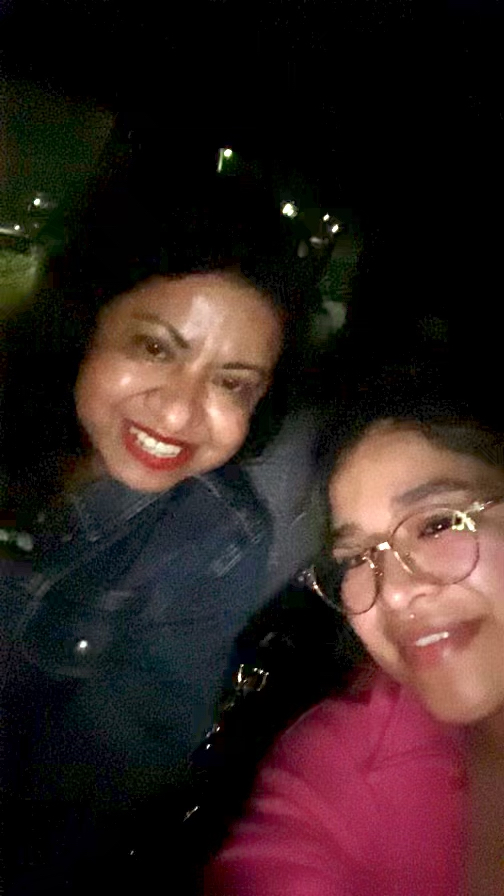
What were your initial symptoms?
On October 1st of last year, I was 49. I had just started doing activities, like learning how to ride a bike, before my diagnosis. I went to a shooting range; it was my first time shooting a gun. I was trying new things. I enjoyed road trips and mini vacations.
When I went to Mexico for vacation on special occasions like New Year’s, I would experience these symptoms, but they would quickly subside.
At one point in 2016, I had a ministroke, and that’s when they told me I was Type 2 diabetic. From then on, I started doing more exercise and trying to eat healthy because I am a fast food junkie. I mean, Burger King was down the street from my house. I started walking at night. I can’t exercise because of my foot, so I just walk. At first, it was for half an hour, and then I started walking for four to six miles.
The symptoms of Raynaud’s would come, and doctors would say I “just have bad circulation.” When I’d start walking, the bottom of my feet would hurt, and I’d say I just needed new tennis shoes. But then I started noticing that there was something wrong. There was something not right, because my brain would say I needed to do something, but I would just lay in bed and not get up.
Eventually, a year or two before COVID, I had a lot of health issues, including weird allergic reactions and rashes. I couldn’t breathe at times. I was fatigued. I got COVID last year in January; at once all the symptoms started creeping to the surface. It felt like they all came on full blast.
Could you please tell us more about the process of being diagnosed?
I went to my doctor, and he tested my ANA, which came up positive. Then COVID hit. There was a medication he wanted to give me but couldn’t get it through because of COVID. Soon after that, he retired. I had to go to another doctor because I was misdiagnosed with Hashimoto’s, for which they gave me blood pressure medication. I knew that wasn’t it, as my hands were getting puffy and hurting.
I was unable to go to a specialist because I did not have the proper insurance, but I did when it changed. I thought it had to do with my thyroid because I did have problems with my thyroid in my twenties. I scheduled an appointment with an endocrinologist, to whom I explained all the different doctors that I had gone to and all the misdiagnoses that I had. I showed her the lab work that my retired doctor had done.
What she said after that brought me to tears: “Don’t worry, your guardian angels are here. We’re going to help you. We’re going to find out what you have. We’re not going to stop until we find out.” No one ever said that to me.
She consulted two rheumatologists, who said they were 90% sure that I had mixed connective tissue disease but that more tests needed to be done. I made the appointment with the rheumatologist. Since last year, I’ve gone through a series of blood tests. It was just about narrowing down the diagnosis.
I thought I had arthritis because my grandmother had it, and I had another relative with similar symptoms. In our Hispanic culture, we don’t talk about our illnesses since we’re expected to be okay if we can still move around. So it was never really talked about.
I always feel like I’ve had some kind of health issue since I was young, like migraines. I needed to know what this was because it wasn’t something that I could just brush off and be like, “Okay, continue doing what you’re doing.”
How did you feel when you were first diagnosed?
I couldn’t get up. I was in so much pain, but eventually, after all the blood work, they narrowed it down and finally gave me the diagnosis of systemic sclerosis. It was a bittersweet moment because you’re like, “Yay, finally I have an answer.”
It took almost another year to start treatment because I had complications with my diabetes.
How well did you understand what scleroderma was?
While I was still getting tested, I got tested for a certain type of scleroderma, the localized one. I’m still confused about the whole mixed connective tissue thing, so I’m still trying to learn about it, but that one came out negative, so I had to go back and get tested for this other one, which came out positive. My doctor is trying to explain it to me, but my mind is somewhere else because I’m still trying to grasp it.
I’ve been reading, watching videos, and listening to other people who have scleroderma. I googled on my phone. I go on YouTube, look up scleroderma, and follow people who have it and have dealt with it.
I just read whatever I can. I’m still learning a lot. I post things that I’ve been learning.
Two to three weeks before my diagnosis, I didn’t know a lot about scleroderma, but I had watched a special on Netflix on a comedian, Bob Saget. He had recently passed away, and they did a special honoring and remembering of him. His wife came up and said that all the money they raise will go to the Scleroderma Foundation, which he is a big spokesperson for. And I found out that two of his sisters had died of scleroderma.
How is your support system?
I’ve had such an amazing support system. All my sisters have been there for me. My brother, whom I had lost contact with for about five years, finally got ahold of me, and he keeps checking on me. My close group of girlfriends always text on our group chat. They’re always reaching out to me, always making sure that I’m okay or if I need anything.
I used to be on Instagram and social media, where I’d post my vacation pictures. I completely stopped when I started feeling sick because I was confused and getting depressed, but my sister said that I should continue posting. So I started posting again, mainly to help somebody else who doesn’t have as much support as I do, doesn’t know where to turn, or doesn’t know what to do when they are initially diagnosed. I do appreciate all the prayers because I believe that they have helped. I posted my heated gloves, which protect me from Raynaud’s, and someone reached out to me, asking where I got them.
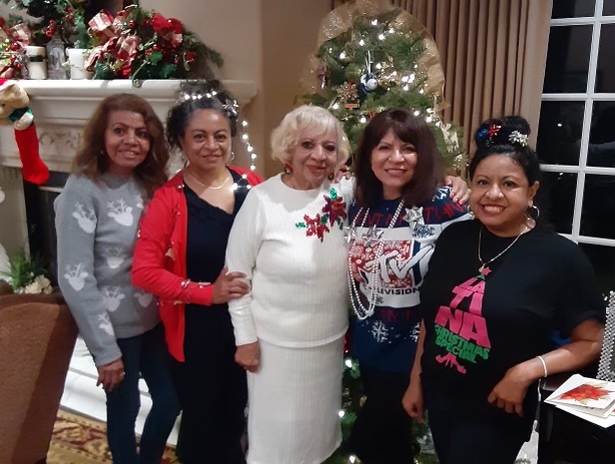
How do you manage your energy and goals?
I still take time to do the activities that I love. Scleroderma is not going to keep me from doing the things that I want to do. I’m working on an energy plan. On Saturday, I had a mother-daughter day, and we went to a concert. Tomorrow, my cousin and I are going to the Dodgers game. Since I’m a big Dodgers fan, she’s helping me out too. I’m still figuring those things out—how to save my energy. Unfortunately, I can’t ride a bicycle anymore.
Recently, I set these little goals. For example, my right arm is the one that’s affected a little bit more than my left; I can’t move it that high because I don’t have the strength. But just yesterday, I was able to do a high ponytail with this hand. I keep staying positive, taking my vitamins, and eating healthy.
During COVID, we all got sent home from the office since everybody said we’d rather work from home. So for me, that was like another blessing in disguise because if they had said, “We’ve got to go back,” I would not have a job right now. There would be no way I would be able to drive to work the way I was feeling. There are a lot of little things that have happened that are like little blessings in disguise, and things have fallen into place for me to be able to still live with this.
What is the scariest part of living with scleroderma?
I get upset at things like putting my hair in a ponytail, lifting my pants, or being unable to put my bra on. I would cry about it, and I’m kind of maneuvering around those things.
But the scariest part is when I’m in so much pain that I can’t even get up because it doesn’t allow me to do the little things that I could do before. That’s the part that I hate. I can’t do anything. Another scary part is that I have to look out for certain things, like if I have trouble swallowing. One day I did, and I freaked out about it.
I get scared about things that I can’t control even if I take medication or eat healthier.
I want to be here to see my daughter grow up; she’s going to be 25 next month, but I also want to be here for my family and enjoy those things. That’s hard if I’m not able to do that. That’s scary.
What are your hobbies?
I go to concerts and baseball games, and I just like spending quality time with people. With my best friends, I like doing bingo nights and brunches. My main thing is spending time with the people that I love and who love me and care about me. And dancing when I can! I’m kind of trying to have fun with it. Believe it or not, there are times when I can’t walk very well because my left leg is affected by scleroderma.
It took me a while to walk with a cane because I kept telling my family, “I’m too embarrassed.” I have my Dodgers’ blue cane, and I have a fancy black cane, which I call my “pimp cane.” I want to look cute and match the cane with my outfit. I love how people tell me, “You don’t look handicapped.”
Do you have any specific goals for the future?
I’ve heard that you can go into remission, so my goal is to live the best life that I can with this disease. I’m just hoping and trying to stay positive. I’m trying to find my purpose in life. I want to be inspiring to other people. I want to show people that I’m going to control myself and not this disease. I want to give positive energy and show people that it’s okay; there’s a way to live with this and still have a happy life.
What are your medications and treatments?
I’m new to this, and it took a while to get on medication because of my stomach issues, for which I had to have ultrasounds and colonoscopies. I’m starting with CellCept, 500 milligrams twice a day. It takes about eight to 12 weeks to take effect; I’m in the fifth or sixth week.
My doctor initially asked me if I wanted to take steroids, but I refused because of my diabetes, for which I take 500 milligrams of metformin twice a day, so that’s a thousand milligrams. I was told that the steroids would mess up my glucose levels, but there came a point where the pain was just too excruciating, and I ended up in the ER.
So I’ve ended up on prednisone. I started with a series of five milligrams three times a day for five days, and then I went to five milligrams twice a day for five days. Today’s the last day of taking it twice a day. Tomorrow, I will start with five milligrams of prednisone for five days. Hopefully the pain doesn’t come back, because that has happened before.
I also take Paxil (10 milligrams) to help with hot flashes from menopause, but I feel now that it’s only helping as much as I want it to.
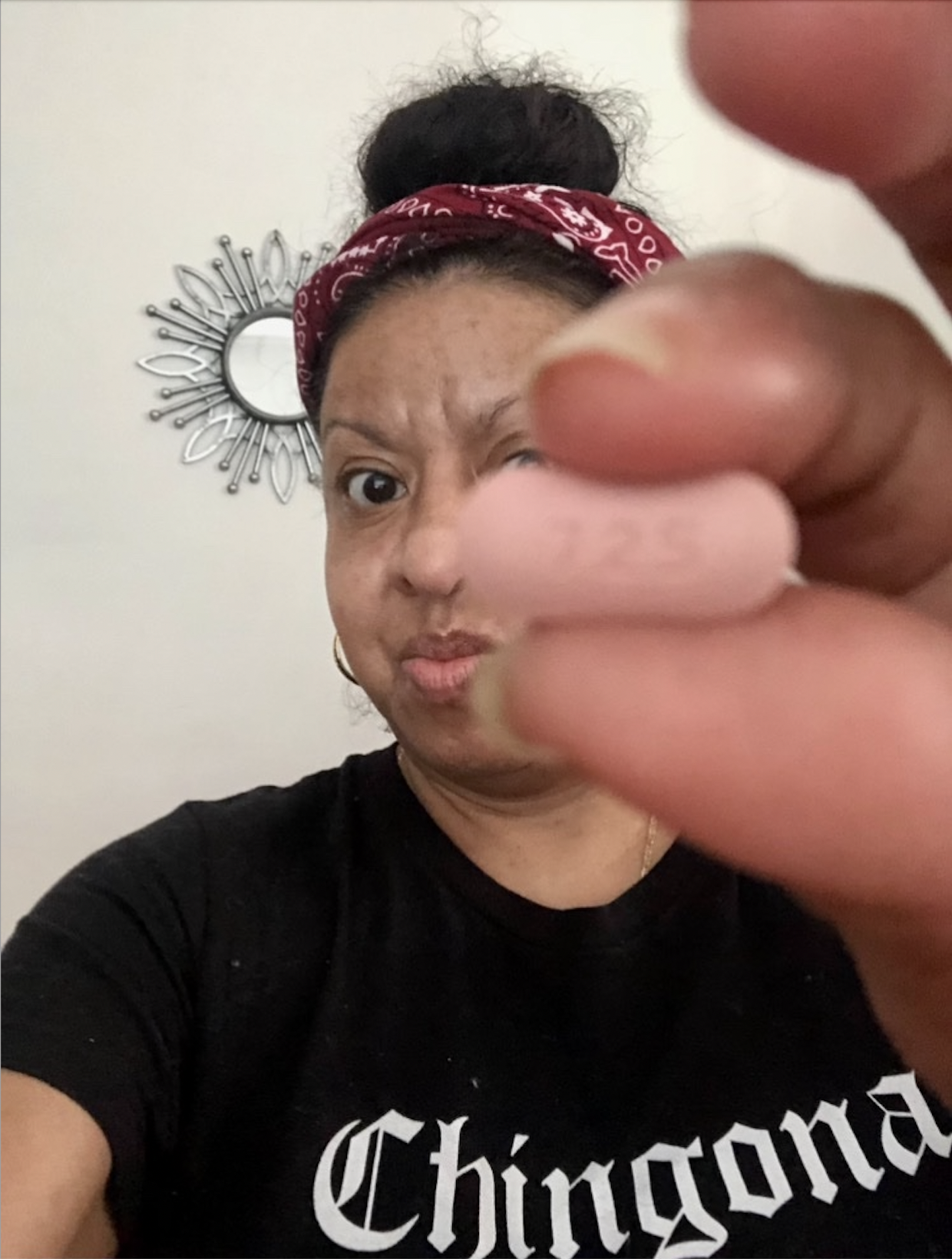
Has scleroderma created a financial burden?
I do have insurance, but I am still spending a lot more. Thankfully, my family helps me out. My mom will buy food or groceries sometimes. And that way, I still have a little money left so that I can pay those bills. I try to work overtime. People kept saying maybe I should go on disability, but I felt like, “No, I want to fight this and still be able to have my job and have my own money.”
The biggest bill I have seen, which scared me, was from the ambulance that came to pick me up. It was over $3,000!
But I turned in my insurance information, and it decreased by a little. Today, I just got a bill from the hospital for $408 for a procedure. Although it still gets a little overwhelming sometimes, I just have to take it day by day. I can only do my best.
Have you found any online scleroderma communities?
I did start following Scleroderma United, so I was reading a lot of the stories there, which were awesome and inspiring. I think I started following one girl from one of the stories on my Instagram.
I joined the MCTD group, which is a blessing in disguise. I’ve learned so much.
It’s taught me to be grateful every day, to not sweat the small stuff, and to just appreciate it all. I am grateful for the love and support that I have, and I am grateful for the things that I do have because there are people who are worse than me.
What is something you wish you knew when you were diagnosed?
I wish I knew how to listen to my body. Because it took me a while to go to the emergency room, letting them know that I cannot lift my hand and that it is painful, they did these tests and found nothing and sent me back. I felt like I was crazy, like I was making this up in my head.
I also wish I had better eating habits when I was younger. I was very spoiled. My family still calls me the baby sister, since I am the youngest of six. If my mom made something that I did not like, she would just give me money, and I’d go to Burger King.
Just because a food is called “healthy” doesn’t mean it doesn’t taste good – and this is coming from someone who loves junk food! I’ve made a lot of meals that are tasty and healthy. One night, it was three in the morning. I was super, super hungry, and I did not want to have a big meal because I was going to pay for it later, my glucose would go high. I took broccoli and tossed it with bell peppers, Persian cucumbers, mushrooms, extra virgin olive oil, and 21 Seasoning Salute from Trader Joe’s. It turned out delicious.
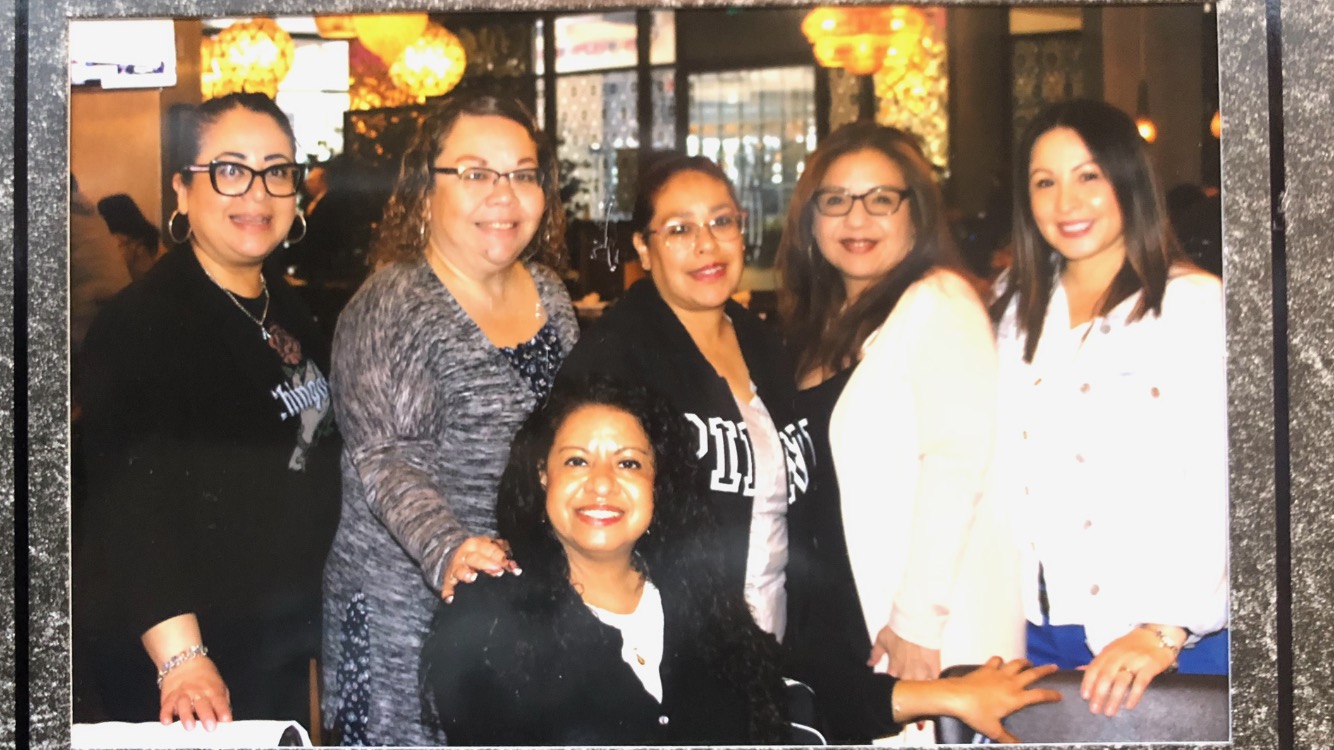
What advice do you have for people with scleroderma or other chronic illnesses?
Try to do your part; don’t just depend on the medications to make you feel okay and that they will fix it all. I feel like you have to do your part in trying to get better. And in those moments when you feel like you can’t go on anymore, list all the things that you’re grateful for. Make a list in your head of the things that matter and the things that you’re grateful for. And those are the two things that have helped me.
I’m grateful to be able to share my story in the hopes that it helps somebody or inspires somebody. Also, I suggest that if you don’t have a pet, get one; they give unconditional love.
Be sure to follow us on Instagram and Facebook (@sclerounited) to see more scleroderma warriors’ journeys in our weekly Sclero Sunday series.
Are you a scleroderma warrior? We’d love to interview you for Scleroderma Stories! Please visit tinyurl.com/share-my-sclero-story or email us at contact@sclerounited.us
